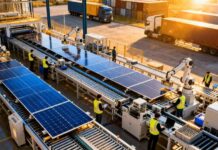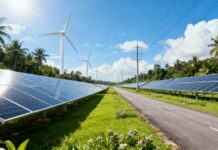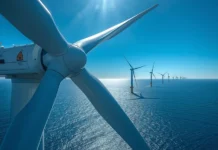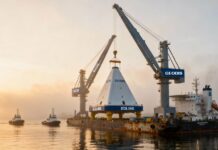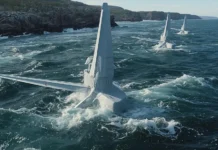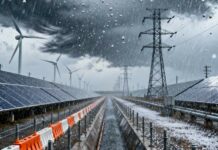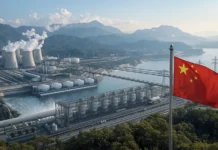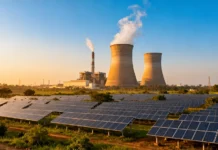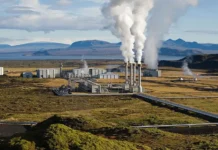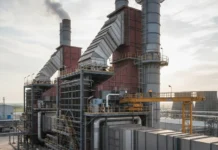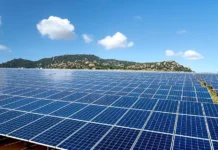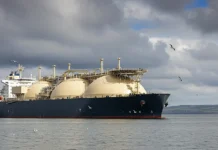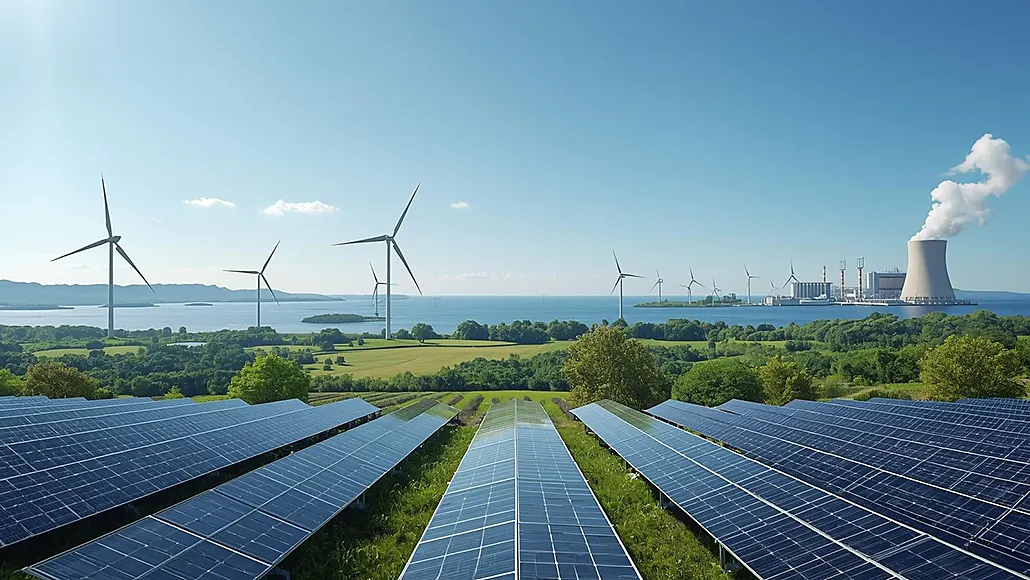The UK government has launched a new energy strategy under the Clean Energy Superpower Mission (CESM) to map the energy future of the nation. These technologies are seen as vital for ensuring Britain’s energy security. The strategy sets out two main goals. The first is to achieve clean power by 2030. Second, to accelerate the nation’s path to net zero by 2050.
Beyond these targets, the CESM framework aims to strengthen energy independence. It also seeks to protect consumers and stimulate growth across the UK’s industrial base, positioning the country to lead in clean energy innovation. According to the Department for Energy Security and Net Zero (DESNZ), the initiative will help reduce the UK’s reliance on fossil fuels while positioning it as a global leader in frontier clean energy industries such as wind, nuclear, hydrogen and carbon capture.
Under its Clean Power 2030 Action Plan, the UK government is targeting at least 95% low-carbon electricity generation within the next decade. To hit that goal, the country plans to install between 43 and 50 GW of offshore wind, 27 to 29 GW of onshore wind, and 45 to 47 GW of solar capacity. This rollout will be backed by a flexible power network that includes 23 to 27 GW of battery storage, 4 to 6 GW of long-duration energy storage, and greater use of hydrogen, CCUS, and other dispatchable power technologies.
The government has set out several priorities to speed up the expansion of renewable power.
- Wind: Advance next-generation onshore, offshore, and floating offshore wind technologies to lower costs and enable deep-water projects.
- Solar: Upgrade solar photovoltaic (PV) systems to improve load performance, accelerate installation, and improve sustainability.
- Emerging Renewables: Support tidal, geothermal, and other early-stage energy sources through dedicated pilot programs.
- Nuclear: Push research into advanced reactor designs, including SMRs, AMRs, and advanced fuels.
- Dispatchable Power: Grow low-carbon generation via hydrogen-to-power, bioenergy with carbon capture, and expanded energy storage.
Fusion R&D is also a long-term focus in the UK’s clean energy plan, with research targeting plasma con The UK Atomic Energy Authority is backing these efforts, alongside a proposed AI Growth Zone in the Oxford-Cambridge science corridor.
Hydrogen occupies a central role across both pillars of the CESM. The government calls hydrogen “essential to achieving the Clean Energy Superpower and Growth Missions,” pointing out that hydrogen-fired power plants offer flexible generation while excess renewable electricity can be used for hydrogen production and large-scale energy storage. The UK anticipates hydrogen production and fuel cell exports reaching £2.2 billion by 2030 and climbing to £9.8 billion by 2050, backed by strong domestic expertise and supportive policies.
The Clean Energy Superpower Mission positions offshore energy as a cornerstone of the nation’s decarbonisation strategy. Future research will target emission cuts from oil and gas operations, the reuse of existing offshore infrastructure for hydrogen and CO₂ storage, and the use of digital tools in decommissioning and monitoring. The report notes that the floating offshore wind (FLOW) sector alone could generate more than 100,000 direct manufacturing jobs and contribute around £25 billion in gross value added (GVA) by 2035, if the UK develops a strong, long-term wind manufacturing base.
Together, these initiatives are designed to grow the country’s low-carbon power capacity while keeping the grid stable, lowering costs, and strengthening domestic supply chains. As Britain advances its clean power ambitions, the Clean Energy Superpower Mission acts as both a strategic research framework and a message to investors that the UK plans to lead in renewable, nuclear, and hydrogen innovation well into the future.



